Project Challenges with Agile Methodology
 Ankit Jha
Ankit Jha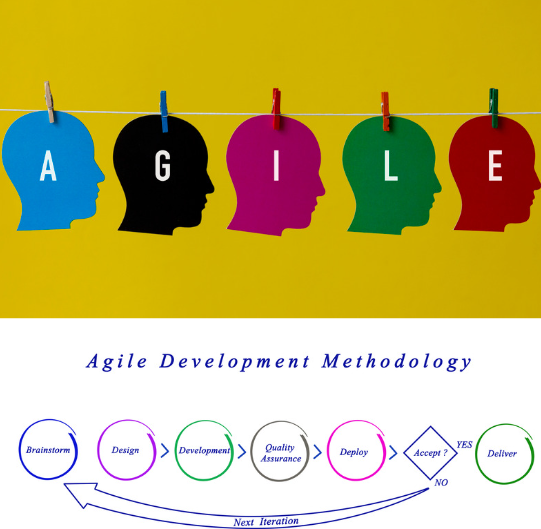
Now, Everyone talking about Agile, and a lot of software development organizations trying to become agile. so, what exactly is Agile?
Agile is not just used in Software development but it is also used across many different industries and domains.
Before that let's talk about Software,
Software
In the first NATO conference on software engineering in 1968, Fritz Bauer defined Software engineering as “The establishment and use of sound engineering principles to obtain economic software that is reliable and works efficiently on real machines”. Stephen Schach defined the same as “A discipline whose aim is the production of quality software, software that is delivered on time, within budget, and that satisfies its requirements”.
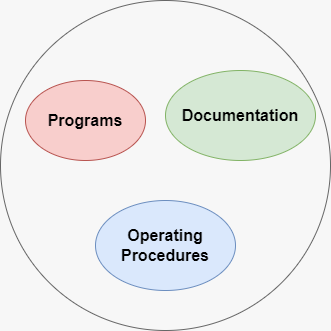
Software is developed or engineered and not manufactured
Software should be: Cost-effective, Practical, and Timely delivered.
Traditional Waterfall model
When the requirements or scope for a problem are well understood and the software development process is structured and linear.
requirements - plan everything beforehand
development - developers code complete app
testing - testing after everything has developed
deployment - delivery support feedback
operations - huge preparation
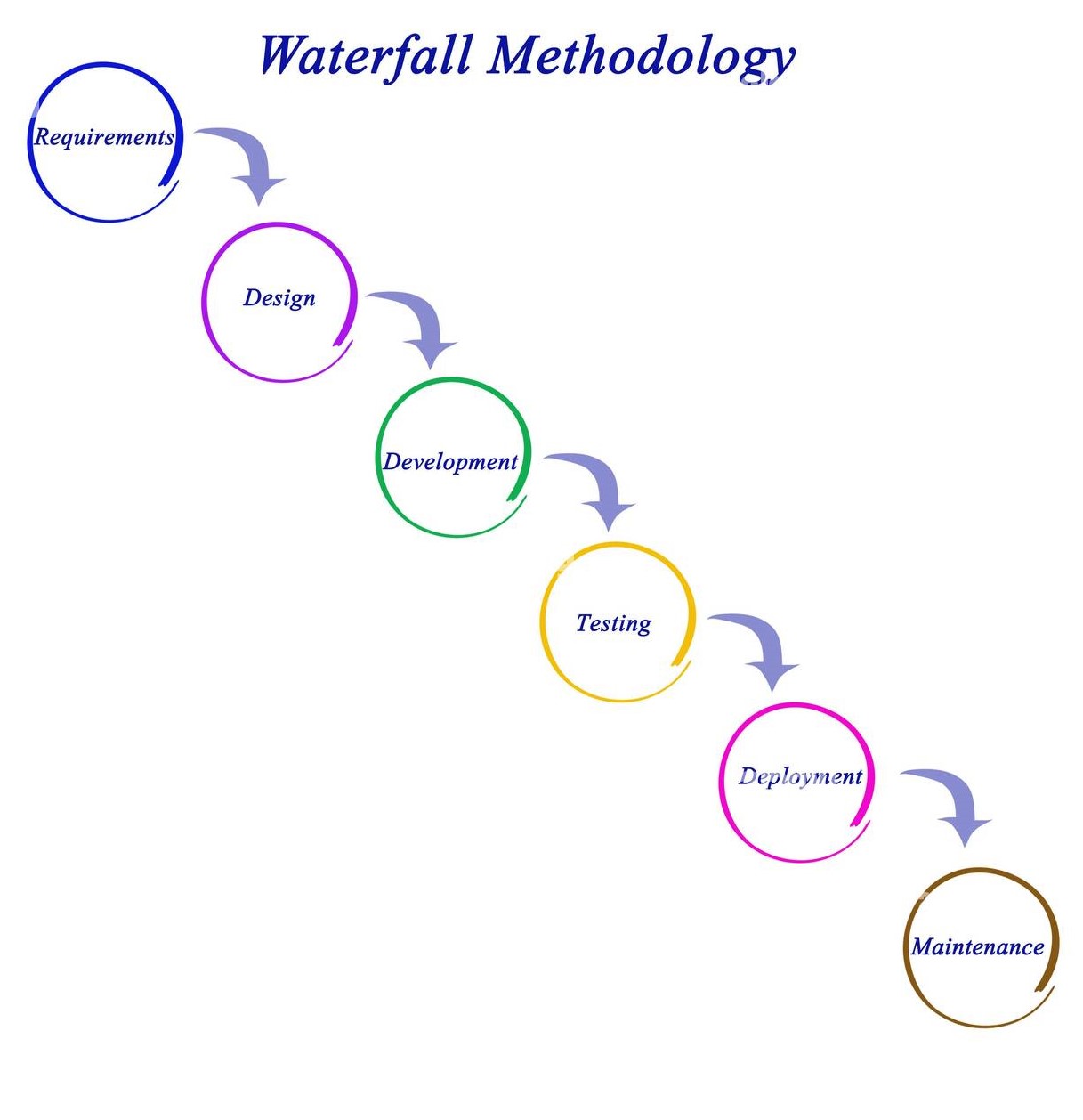
Cons:
This method is ideal. Real projects rarely follow the sequential flow that the model proposes. Over time, new requirements may arise where changes can be time-consuming and costly.
ineffective process
many places of failure and miscommunication
no fast feedback
Due to its rigid framework, it excels in sectors demanding strict adherence to rules and standards. such as health care, defense, etc
"Agile is an iterative and incremental evolutionary approach to project development which is performed in a highly collaborative manner by self-organizing teams with just enough ceremony that produces high-quality software in a cost-effective and a timely manner which meets the changing needs of its stakeholders." - Scott Ambler
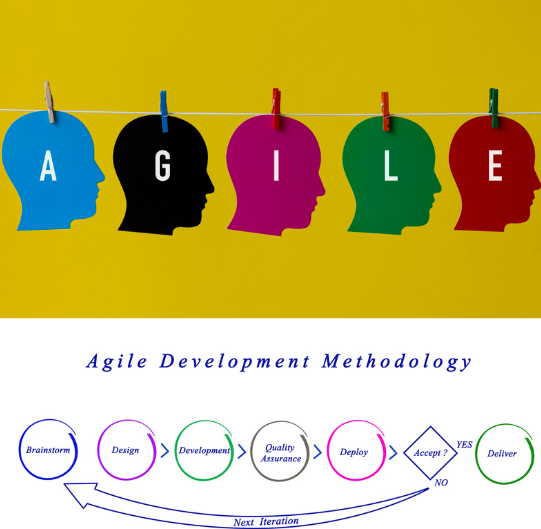
Agile software development is a set of methods for project management that highlight adaptability, collaboration, and delivering value early and often. Agile isn't a one-size-fits-all solution. Companies can truly leverage its benefits by first grasping its core philosophies and then tailoring practices to their specific needs. It is also known as the Heart of the CI/CD process. Agile welcomes flexibility, adaptation, and continuous improvement.
Agile - Manifesto
In 2001, Kent Beck and 16 other noted software developers, writers, and consultants (referred to as the "Agile Alliance") signed the "Manifesto for Agile Software Development."
We are uncovering better ways of developing software by doing it and helping others do it.
Through this work we have come to value:
Individuals and interactions over processes and tools
Working software over comprehensive documentation
Customer collaboration over contract negotiation
Responding to change over following a plan
That is, while there is value in the items on the right, we value the items on the left more.
The Agile Principles
The Agile Manifesto outlines 12 essential principles that capture the core characteristics and defining qualities of a truly agile software development process.
• Our highest priority is to satisfy the customer through early and continuous delivery of valuable software.
• Welcome changing requirements, even late in development. Agile processes harness change for the customer’s competitive advantage.
• Deliver working software frequently, from a couple of weeks to a couple of months, with a preference to the shorter timescale.
• Business people and developers must work together daily throughout the project.
• Build projects around motivated individuals. Give them the environment and support they need, and trust them to get the job done.
• The most efficient and effective method of conveying information to and within a development team is face-to-face conversation.
• Working software is the primary measure of progress.
• Agile processes promote sustainable development. The sponsors, developers, and users should be able to maintain a constant pace indefinitely.
• Continuous attention to technical excellence and good design enhances agility.
• Simplicity—the art of maximizing the amount of work not done— is essential.
• The best architectures, requirements, and designs emerge from self-organizing teams.
• At regular intervals, the team reflects on how to become more effective, then tunes and adjusts its behavior accordingly.
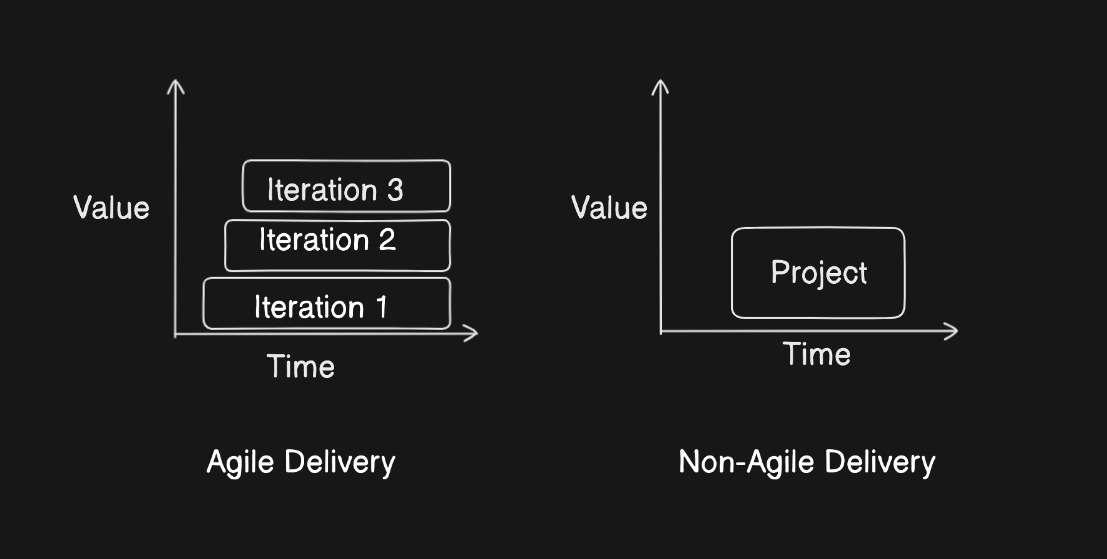
Benefits of Agile
speed of development, testing, and deployment cycles.
each feature gets tested, and deployed.
immediate feedback
fast development and deployment process
increase efficiency and flexibility
scrum and Kanban-specific implementations.
Advantages
improved customer satisfaction
higher productivity, and lower development costs.
higher quality software
improved job satisfaction and employee engagement
faster time to market, early ROI
Some common Agile Process Models,
Scrum
Kanban
Extreme Programming (XP)
Crystal
Agile Modeling (AM)
Feature Driven Development (FDD)
Lean Software Development (LSD)
Dynamic Systems Development Method (DSDM)
But, Here we will only talkabout popular frameworks i.e., Scrum, Kanban, and XP.
Scrum
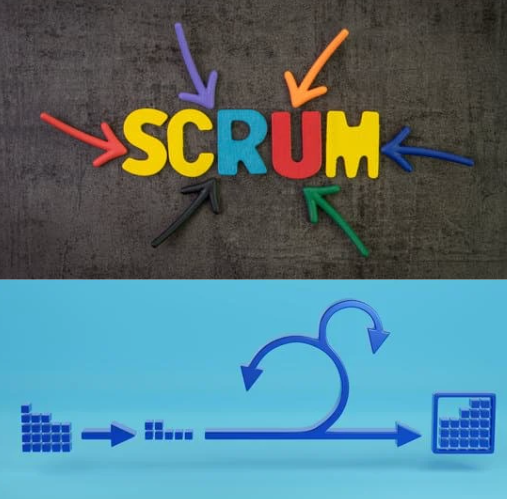
Scrum is introduced by Hirotaka Takeuchi and Ikujiro Nonaka. Scrum is a framework for project management that begins with a simple premise: Start with what can be seen or known. After that, optimize based on results.Almost 9 in 10 respondents (87%) to an Agile-focused survey say they use Scrum.)
The three pillars of Scrum are :
Transparency: Scrum cultivates a culture of transparency by mandating clear exposure of essential process components to those invested in the project's success.
Inspection: Inspect the project's progress in achieving its target, uncover problem areas, and recognize instances of plan divergence.
Adaptation: When an inspector identifies process abnormalities leading to unacceptable product quality, process or material modifications must be implemented.
Scrum is built on five core values that guide the work, actions, and behavior of Scrum Team members. These values are essential for creating a high-performing and collaborative team. They are abbreviated as C-FORC.
The Five Scrum Values
Commitment: Each team member makes a personal promise to contribute fully to the team's success.
Focus: All team members prioritize Sprint activities and the collective team purpose.
Openness: The Scrum Team and its stakeholders pledge complete openness regarding all work activities and obstacles encountered.
Respect: Scrum Team members recognize and appreciate each other's skills and autonomy.
Courage: Scrum Team members dare to do the right thing and work on tough problems.
These values work together to create a foundation for trust, collaboration, and effective problem-solving within the Scrum team.
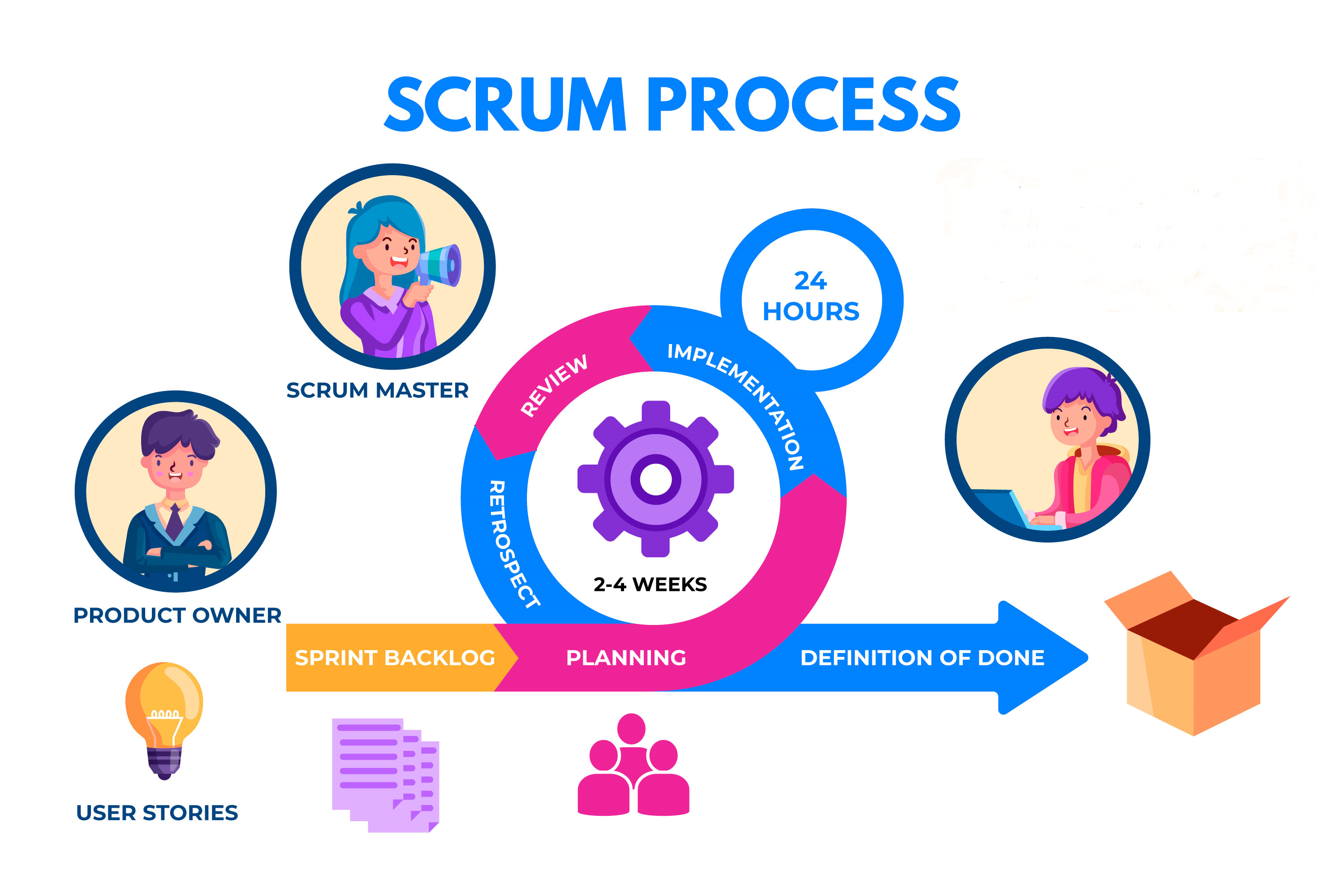
Agile Software Development with Scrum
Scrum, inspired by an activity that occurs during a rugby match, is a method for developing software iteratively while increasing efficiency and flexibility. Developed by Jeff Sutherland in the 1990s and further refined by Schwaber and Beedle, Scrum aligns with the Agile Manifesto. It guides development through a framework encompassing activities like defining needs, analyzing them, designing solutions, adapting them, and delivering the final product.
Within each activity, work is organized into short, focused cycles called sprints. The number of sprints needed varies based on the project's complexity and size. The Scrum team tailors the work within each sprint (real-time adjustments are common) to address the specific problem at hand.
Scrum Roles
Scrum Master: Assist development team and product manager
Product Owner: Establishes project goals, needs, and roadmap
Development Team: Should proactively structure and schedule tasks collaboratively to realize the product owner's aspirations.
Stages involved in Scrum
Sprints: Fixed-length work cycles (typically 15 or 30 days) where the team focuses on completing a specific requirement from the backlog. Changes (like adding new backlog items) are discouraged during a sprint to maintain a stable environment for the team.
Product Backlog: A prioritized list of features or requirements that deliver value to the customer. New items can be added anytime (facilitating changes). The product manager reviews and adjusts priorities as needed each week which go into the current sprint backlog. These requirements are selected after the sprint meeting. Product Backlog contains User Stories: features, functions, and requirements.
Daily Scrum Meetings: Brief (usually 15-minute) meetings held daily by the Scrum team. All members answer three key questions :
What progress have you made since the last meeting?
What challenges are you facing?
What will you accomplish by the next meeting?
Scrum Master: The team leader who facilitates daily meetings and assesses each member's responses. These meetings help identify potential issues early and promote knowledge sharing, fostering a self-organizing team structure.
Demos: Showcasing the completed software increment to the customer. This allows the customer to evaluate and provide feedback on the implemented functionality. Demos might not always include everything planned, but rather what's achievable within the defined timeframe.
The development team is a cross-functional and self-organizing team, each member can do everything like designing, coding, testing, etc.
For Good User Stories :
INDEPENDENT: Independent & Deliverable
NEGOTIABLE: In terms of implementation
VALUABLE: Value for the customer
ESTIMABLE: Estimate the work involved with accuracy
SMALL: Small enough to complete in a single sprint
TESTABLE: For correctness and acceptance
3 C's of the user story from Ron Jeffries:
Card: Each user story should be written on an index card of about 4 * 6" in size
Conversation: The user story should be the starting point of a conversation between the team and the product owner
Confirmation: The user story must also provide acceptance criteria to help the team understand the requirement
Successful SCRUM Adoption
Five Attributes :
AWARENESS: Current Approach
DESIRE: Adopt Scrum
ABILITY: Implement Scrum
PROMOTE: Scrum Adoption Success
TRANSFER: Advantage of Scrum
Cons
Scrum doesn't want specialists. Transitioning from specialized roles to generalists can be difficult in Scrum.
The Scrum Master role is indispensable for a successful Scrum implementation, which makes the process highly dependent on one individual.
Scrum provides a structural framework, but teams need to define their specific processes and methods.
To learn more about Scrum, click here.
Kanban

It is used to manage the throughput of a process by:
recognizing constraints
controlling workflow volume
providing a holistic process overview
Kanban Method
Map process flow by creating columns for each step
Manage flow by minimizing the work in progress
Improve the process by applying kaizen principles
Extreme Programming (XP)
Objectives
Changing requirements are high cost: Address the high cost of changing requirements by adopting flexible and adaptive processes.
Establish strong engineering practices: Improve software quality through rigorous engineering standards.
Perform all types of tests: Ensure thorough testing to maintain high quality.
Design continuously: Maintain good design practices throughout the project lifecycle.
Do the simplest thing possible: Strive for simplicity in design and implementation.
Perform reviews: Regularly review work to ensure quality and adherence to standards.
Encourage communication: Foster open and frequent communication among all stakeholders.
Perform shortest possible iterations: Use short iterations to provide quick feedback and adapt to changes.
Standard Practices
Pair Programming: Two programmers work together at one workstation, enhancing code quality and knowledge sharing.
Test-Driven Development (TDD): Writing tests before code to ensure functionality and reduce defects.
Continuous Integration: Regularly integrate new code and use automated testing to assess the integration status.
On-site Customer: Involve the customer in the team, with daily participation to provide feedback and clarifications.
User Stories: Capture customer requirements quickly and effectively using short, simple descriptions of features.
Small Releases: Frequent, small updates to the software, providing value to the customer sooner.
Refactoring: Continuously improving the codebase without changing its functionality.
Collective Code Ownership: Any team member can change any part of the code, fostering shared responsibility.
Coding Standards: Following consistent coding conventions to improve readability and maintainability.
Sustainable Pace: Avoiding overtime to maintain productivity and morale.
XP Teams - Characteristics
Self-organized: Teams are empowered to decide how to execute the project without top-down management control.
Cross-functional: Team members are generalizing specialists who have expertise in one area but can contribute to other roles.
Collaborative: Teams consist of various roles including customers, coaches, programmers, trackers, and testers working together.
XP Roles
Customers: Product managers, domain experts, business analysts, and interaction designers who provide requirements and feedback.
Programmers: Implementation experts and generalizing specialists, typically 5-8 members in a team.
Testers: Quality experts responsible for unit testing, integration testing, acceptance testing, and exploratory testing.
Cons
Need for team maturity - Successfully adopting practices like pair programming and TDD depends on having a team of highly skilled and collaborative individuals.
Dependency on testing - Knowledge of comprehensive testing phases later in the development process can diminish developers' attention to design quality.
Scalability - Extreme Programming might be less effective for managing the complexities of large-scale software development.
Dependency on team member co-location - Assumes a shared workspace for effective collaboration.
Real-life Scenario - From Waterfall to Agile
The Struggling Startup: A young restaurant, initially obsessed with a "perfect" menu, meticulously researched customer preferences and spent months crafting the ideal signature dish selection. By the time they opened, tastes had shifted, leaving them with unsold meals and empty tables.
The Agile App Guru: A rival restaurant took a different approach. They built a basic app, initially offering just fast food. With each "sprint", consider your target audience. They gathered customer feedback, added flavors, customized orders, and even hosted cooking workshops. Balance taste using the sop(standard operating procedure) model. This dynamic approach kept them ahead of the curve, turning them into ahead of the local restaurants.
The Agile Advantage
Feedback Loop: Agile thrives on rapid iterations and constant feedback. Imagine designing a dress, getting customer input after each stitch, and adjusting every step of the way. This ensures you're creating what people want, avoiding the Waterfall pitfall of building a beautiful, unwanted product.
Teamwork Makes the Dream Work: Hierarchies are replaced by self-organizing teams with diverse skills. Developers, designers, and marketers work hand-in-hand, fostering communication and collaboration. Think of a jazz band, each musician improvising within the rhythm, yet creating a harmonious whole.
Welcome Change, Fear Not: The world is in flux, and projects evolve. Agile allows you to pivot and adapt easily. Imagine navigating a stormy sea, adjusting your sails with each gust. While Waterfall might leave you stuck on a rigid course, Agile empowers you to ride the waves of change.
Beyond Software
Agile isn't just for techies. It's a mindset that can be applied to anything:
Writing a book: Start with a chapter outline, get feedback from early readers, and adjust the plot as you go.
Planning a wedding: Break it down into sprints, prioritize tasks, and be flexible if the dream venue falls through.
Managing a team: Empower employees, encourage collaboration, and adapt to changing market conditions.
Agile isn't about chaos, it's about controlled flexibility. It's about dancing with change, embracing feedback, and continuously improving. So, in the ever-shifting world of today, don't cling to rigid plans. Instead, step onto the Agile tightrope, embrace the unknown, and create something truly remarkable. Agile Methods Deliver - Value Faster
Choosing the Right Methodology
Selecting the optimal methodology hinges on several key factors:
Project Nature: For projects with evolving requirements, Agile is often preferred. Waterfall suits well-defined, large-scale projects with minimal change.
Project Scope: Agile thrives in adaptable environments with frequent releases. Waterfall excels in projects with clear, upfront objectives.
Project Complexity: Agile handles complex, uncertain projects effectively. Waterfall is better suited for projects with defined scope and low ambiguity.
Budget and Time: Agile can be cost-effective for flexible projects, while Waterfall offers predictable timelines.
By carefully considering these factors, you can make an informed decision that aligns your methodology with project goals.
Summary
To navigate rapidly changing market conditions and unpredictable competitive landscapes, software professionals must implement agile methodologies that prioritize adaptability, efficiency, and responsiveness to customer demands. Thanks for reading this article.
If you've made it this far, congrats!
See you in the next blog, Until then keep developing and solving.
Want to connect? Send me a direct message on X,If you're curious or have any questions on the subject; I'd be pleased to chat with you!
Subscribe to my newsletter
Read articles from Ankit Jha directly inside your inbox. Subscribe to the newsletter, and don't miss out.
Written by

Ankit Jha
Ankit Jha
I am an Engineer, open source contributor and technical writer.